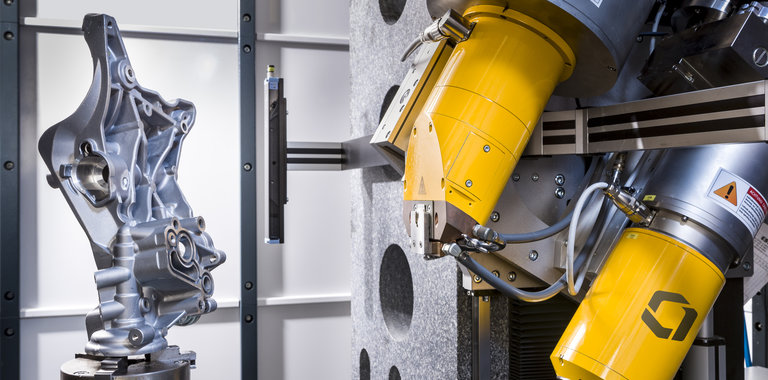
Safeguarding Against Radiation Exposure
The International Commission on Radiation Protection (ICRP), a division of the International Atomic Energy Agency (IAEA), is engaged in providing rules and regulations for the protection against radiation, as the name suggests. The ICRP has established the values for radiological and non-radiological workers, as indicated in the next section.
Practically all countries have brought their national legislation (laws) on ionising radiation in line with the ICRP codes. The conditions for registration, transport, storage, protection and the expertise of preparation and use of radiation sources have been laid down in regulations. The purpose of practical protection against radiation is to prevent any individual receiving a harmful dose.
As there is considered to be no totally safe lower limit below which no damage would be sustained, the “ALARA” concept is being promoted. ALARA (short for As Low As Reasonably Achievable), aims to achieve the lowest possible radiation dose whereby economic and social factors are considered.
The protection from unwanted external irradiation is based on three principles:
- Speed: by working fast, the exposure duration is reduced.
- Distance: the greater the distance, the lower the rate of exposure (remember the inverse square law).
- Shielding and collimating: materials with high radiation absorbing properties, such as lead, reduce the exposure rate to a level that can be calculated in advance.
A later section shows the half-value thickness of lead for various gamma sources.

